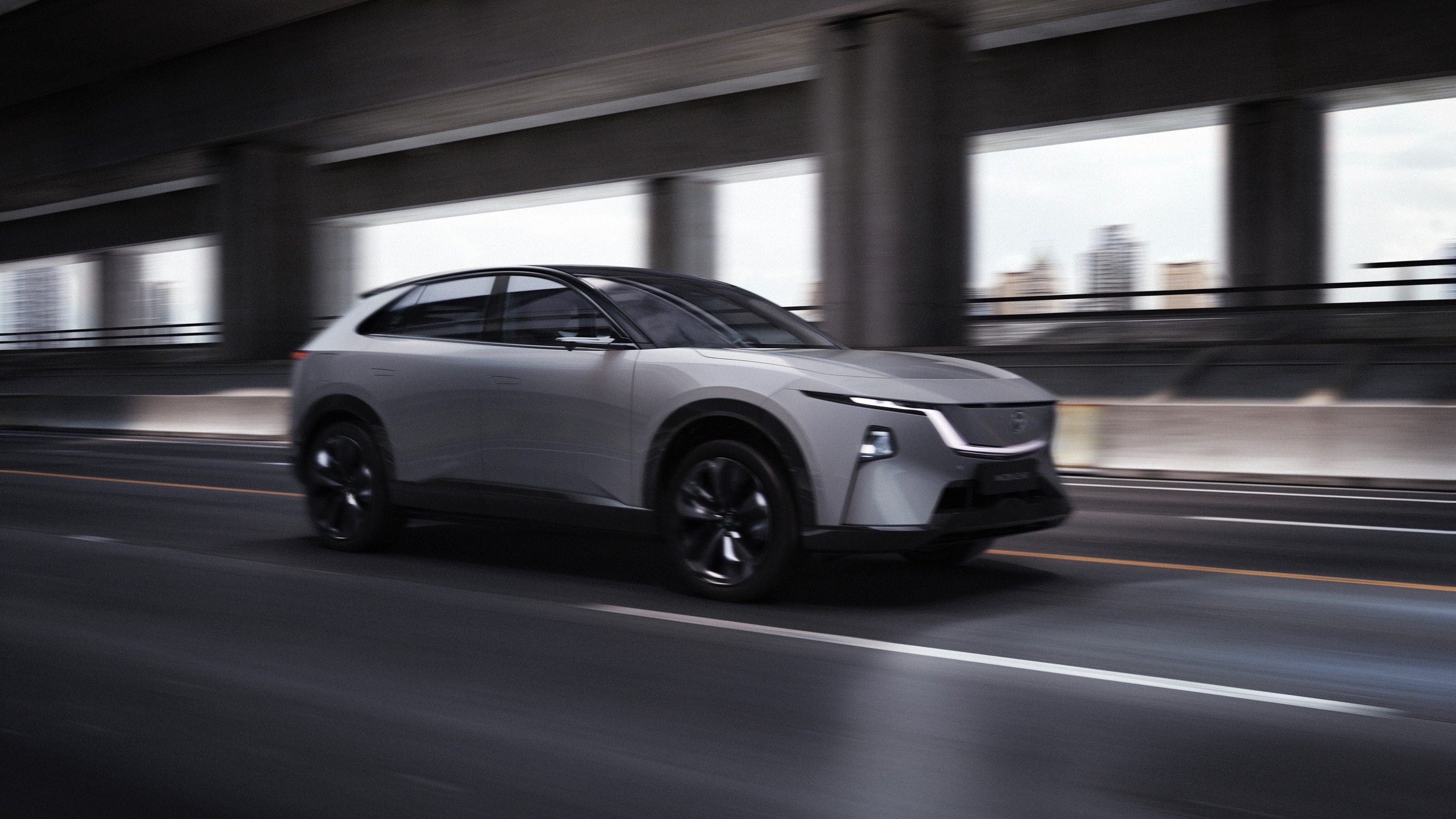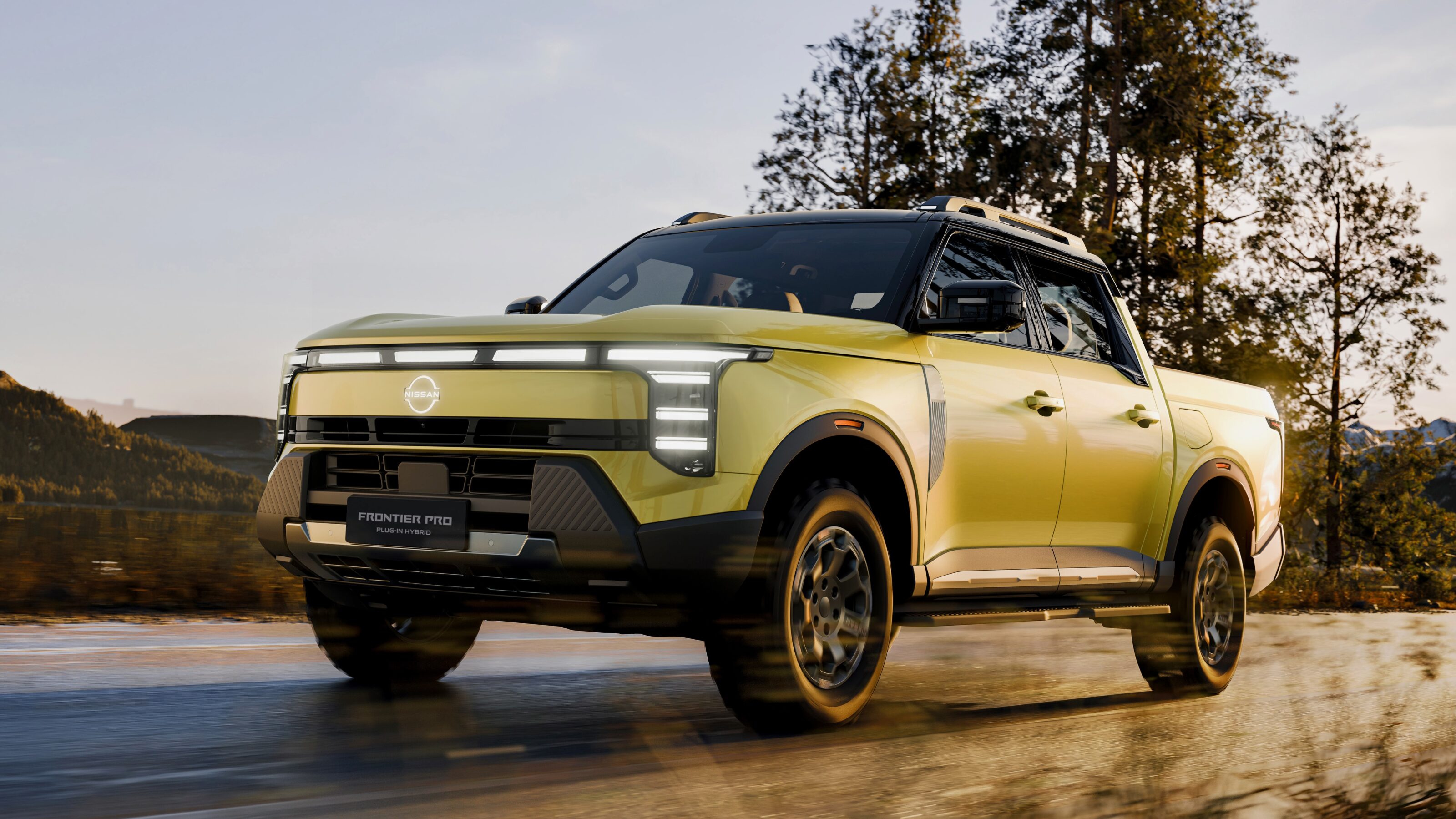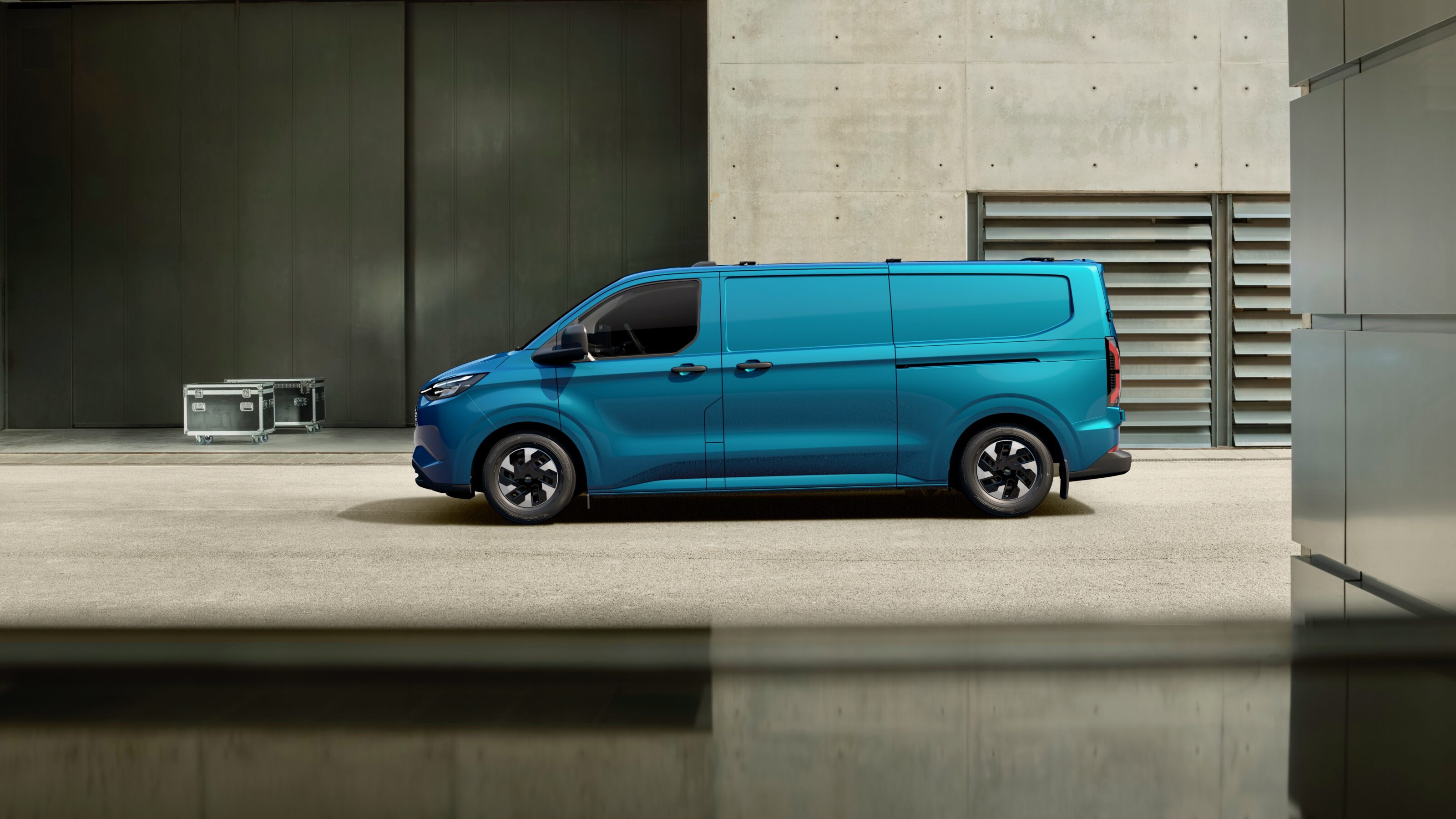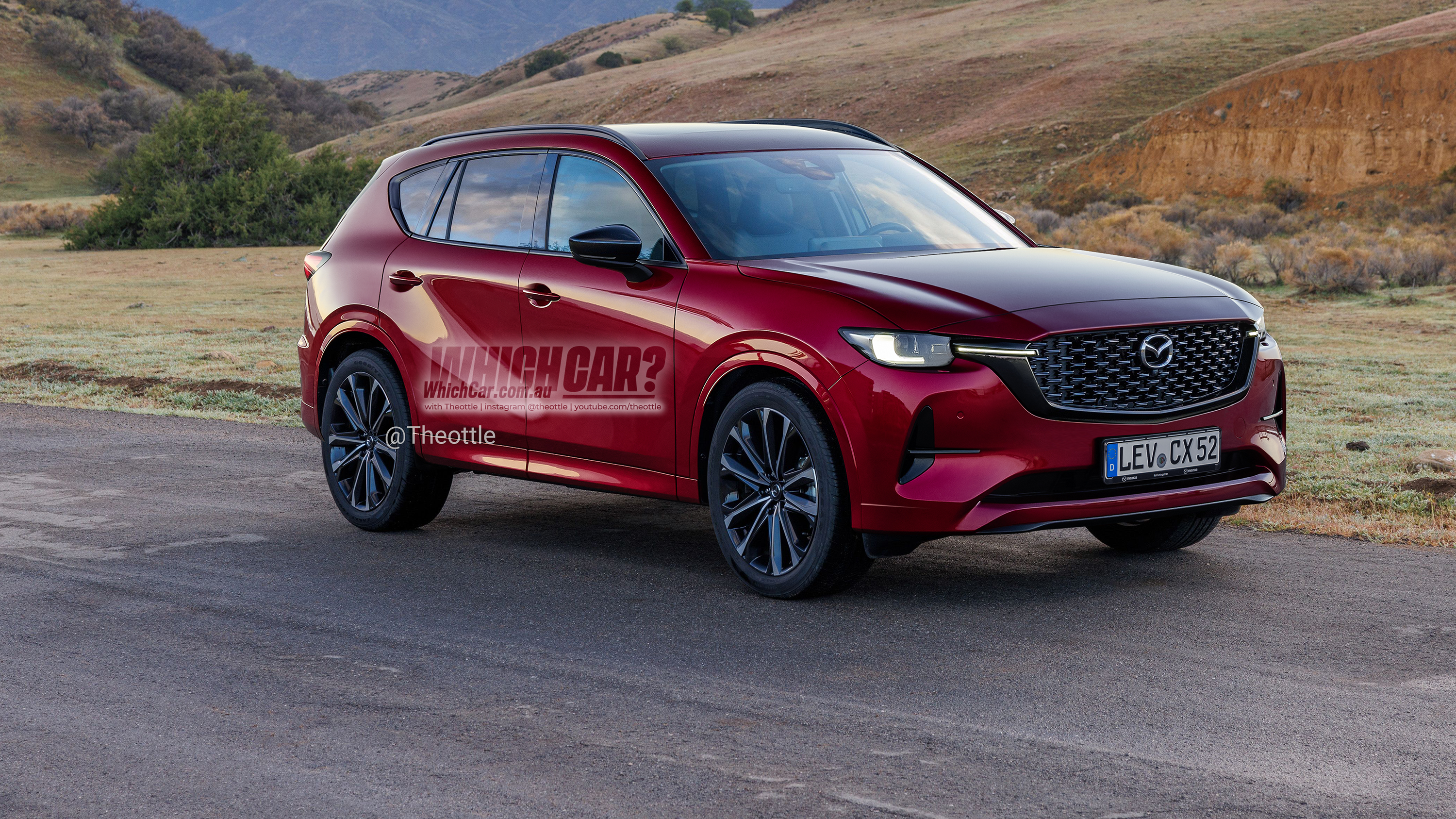
February 12: Next-gen Mazda CX-5 imagined
As the world waits to see what Mazda will name its CX-5 successor – given it already offers a CX-50 in North America – we’ve got a compelling look at how it might be styled.
No surprises, of course, that our mate Theottle has rendered the next CX-5 with styling cues borrowed from the bigger new CX-60 and CX-90 and… well, the other dozen-or-so SUVs Mazda is offering this year.

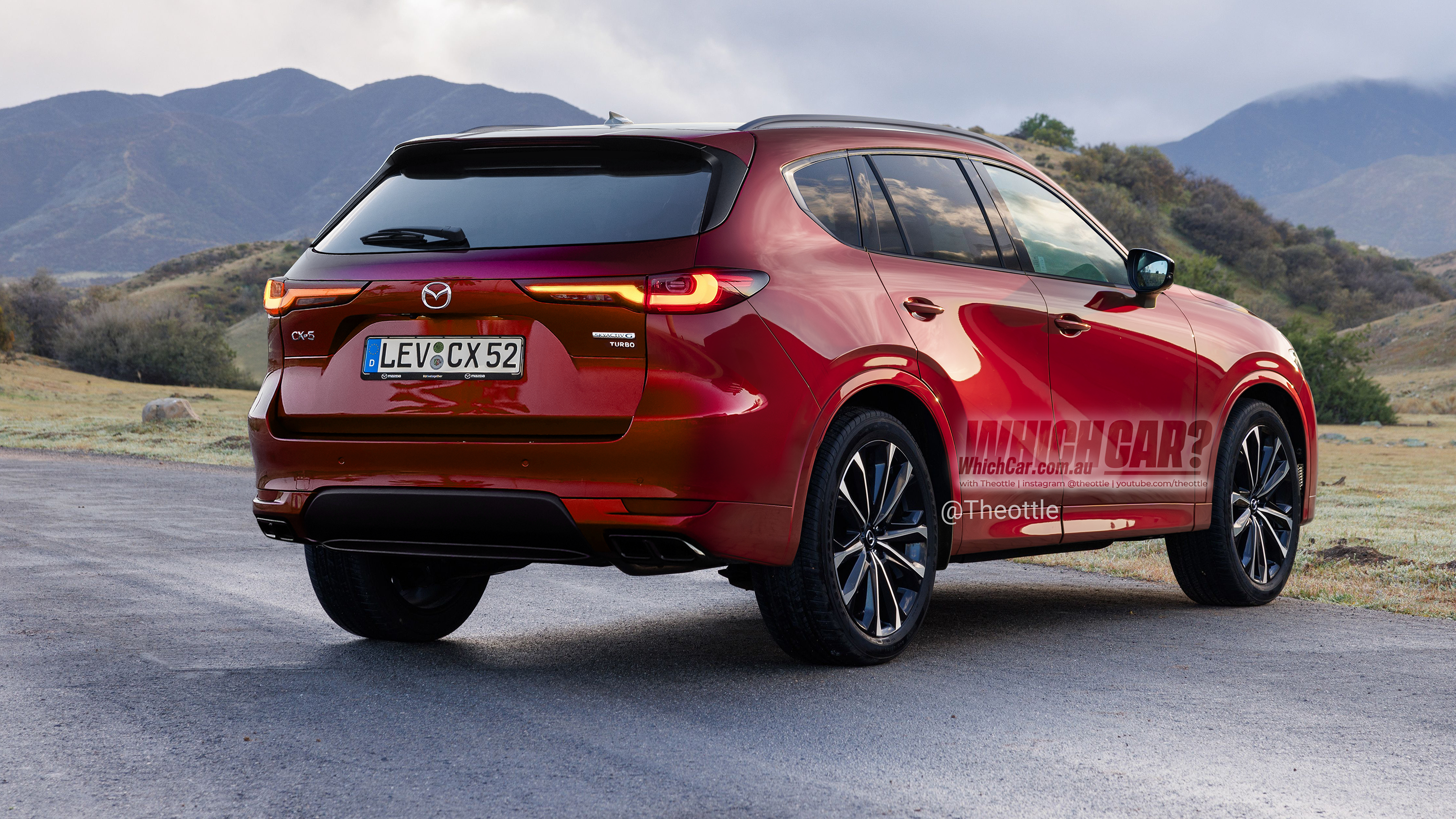
What do you think of the look? Tell us in the comments, and watch Theo’s rendering come to life in the video below.
February 1: The next CX-5 might not be a CX-5…
The third-generation Mazda CX-5 midsize SUV is expected to debut sometime in 2025.
Asked if there was any update to share about the third-generation CX-5, Mazda Australia boss Vinesh Bhindi told Wheels there was “[nothing further] apart from the fact that Mazda executives have confirmed it”.
So, without further ado: Here’s everything we know about the next version of Mazda’s most popular vehicle – which might not even be called ‘CX-5’.

“What they’re going to call it, look, that’s going to be a totally different debate and I don’t think even Mazda has made a decision on it,” added Bhindi.
“But in terms of size, packaging, and value, there is going to be a direct replacement of [the CX-5 midsize SUV] in the future.”
One potential name thrown into the mix is the Mazda CX-40, which would allow the new midsizer to slip between the CX-30 and the not-for-Australia CX-50.
Another possibility is a globalised version of the Mazda CX-50 built in Japan for markets such as Europe, Asia and Australia, or simply retaining the well-established Mazda CX-5 name for the new model.
Bhindi said the brand isn’t concerned about potential confusion from existing CX-5 owners looking to upgrade if the new model has a different name – likewise for the three-row CX-80 and CX-90, which are the spiritual successor to the CX-8 and CX-9, respectively.
“Look, they’ll be the easier of the challenges. We don’t have any issue. I mean we’ve launched so many products with new nameplates,” he said.
“You know, consumers are well advanced in their knowledge when they’re looking for a car or engaging with the brand. Usually, they’ll either see the whole portfolio and narrow down their choices from there or they’ll have a choice already made because their needs are very specific, like a three-row or I want a sedan or I want an SUV and whichever entry point in that consumer journey.
“We don’t have any issues – I think technology helps. The number of consumers that come to our website, and I’m sure it’s for other [brands] as well, is huge.”
With the new model set to retain the CX-5’s “size, packaging and value”, expect a similar footprint to today’s model, which competes with other midsize SUVs such as the Toyota RAV4, Mitsubishi Outlander, Hyundai Tucson, Subaru Forester and Kia Sportage.
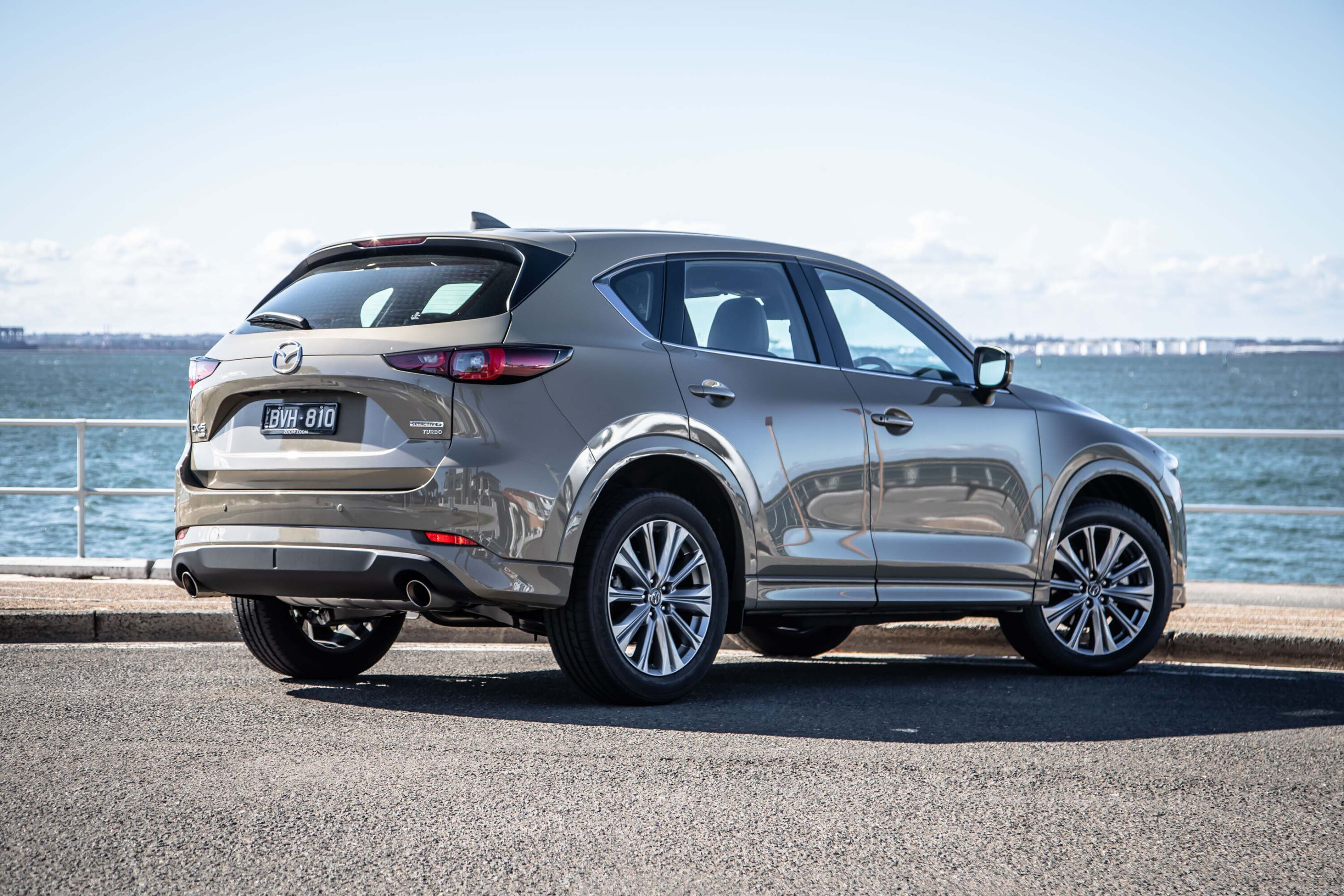
However, we’d expect the new CX-5 replacement to grow slightly in every dimension for more occupant room and additional luggage capacity.
The current CX-5 measures 4550mm long, 1840mm wide, and 1675mm tall with a 2700mm wheelbase. It has a 438-litre boot.
For context, a Toyota RAV4 measures up to 4615mm long, 1856mm wide and 1690mm tall with a 2690mm wheelbase.
The off-road-focused Mazda CX-50 – which is definitively “not a possibility” for Australia due to its left-hand-drive production in the United States and China only – measures 4719mm long, 1920mm wide and 1613-1623mm tall with a 2814mm wheelbase.
If the new CX-5 were to slot evenly between the current CX-30 and CX-50, it would measure around 4557mm long and 1856mm wide with a 2735mm wheelbase – though we expect it to be positioned closer to the CX-50.

Under the skin, the new CX-5 would logically adopt the front- or all-wheel-drive Small Platform architecture from the latest Mazda 3 hatch/sedan, CX-30 and CX-50.
This would improve ride comfort, noise, vibration and harshness suppression, but it could see Mazda ditch the current CX-5’s multi-link independent rear suspension for a simpler torsion beam setup (including on AWD models as on the CX-30 and CX-50).
While the current 2.5-litre non-turbo petrol and 2.5-litre turbo-petrol should remain – potentially with minor revisions – the CX-5’s replacement is likely to offer a full-hybrid 2.5-litre petrol-electric setup that could be derived from the Toyota RAV4.
Plug-in hybrid and all-electric versions have not been ruled out, either.
Inside, the new model will have a redesigned look with technologies likely to be borrowed from the more recent CX-60 and CX-90, such as a larger infotainment screen and digital instrument cluster. Expect more soft-touch materials, too.
The next-generation Mazda CX-5, which could instead be called the Mazda CX-40 or Mazda CX-50, is expected in showrooms in 2025, pending any delays.
It will sit alongside the five-seat CX-60 and CX-70, which are more-premium vehicles based on the rear-biased Large Platform with plug-in hybrid or inline-six petrol and diesel powertrains, and prices starting from around $60,000 to $70,000 before on-road costs.
The current Mazda CX-5 launched in Australia in mid-2017, though it has received several revisions throughout its lifecycle including a turbocharged petrol in 2018, a mid-life facelift in 2022, and minor tech updates almost every year.
We recommend
-
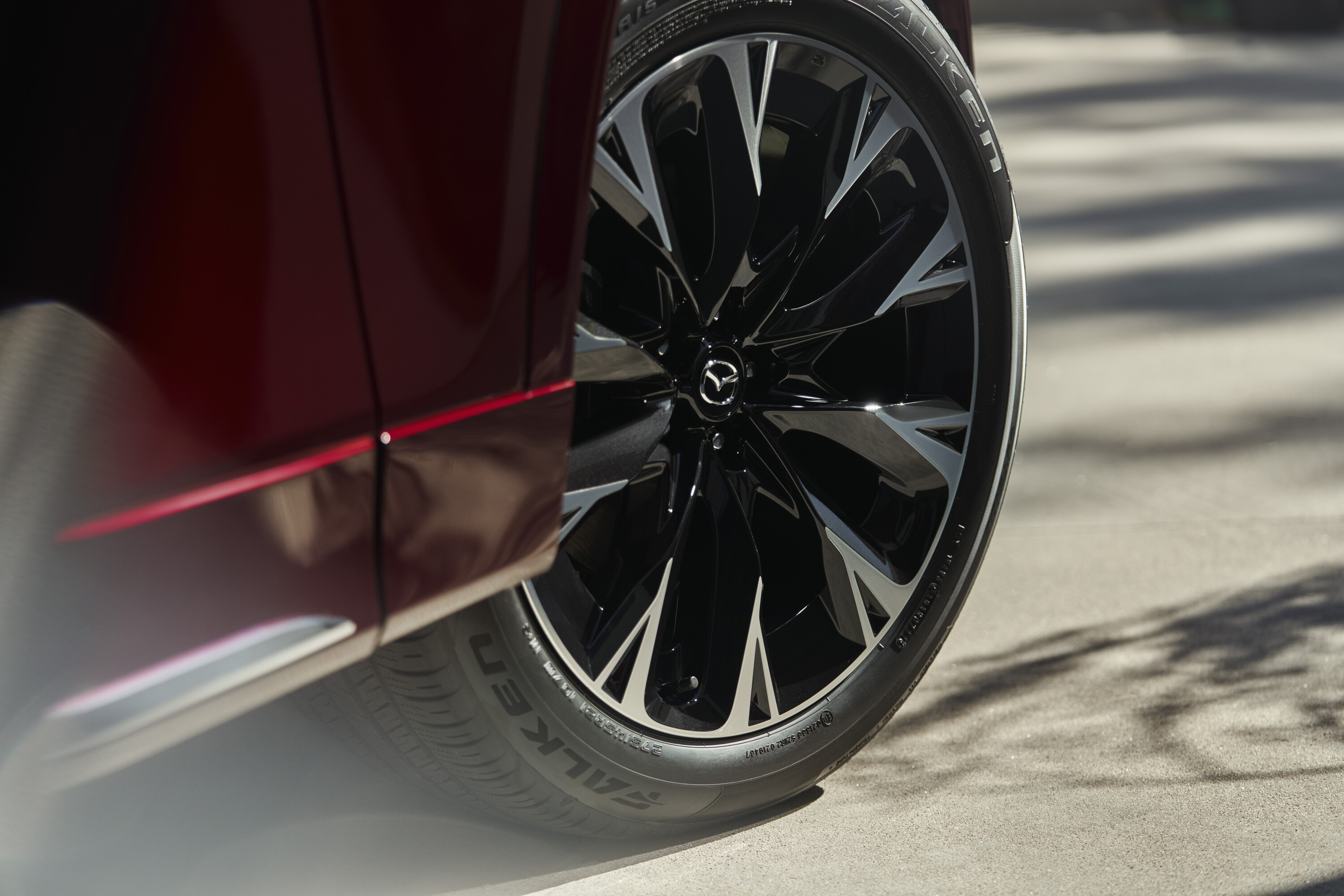 News
NewsNew Mazda models coming: CX-5, CX-70, CX-80, EZ-6, RX-7 & more
Your guide to what's around the corner for Mazda Australia in 2024, 2025 and beyond... plus some potential additions yet to be confirmed
-
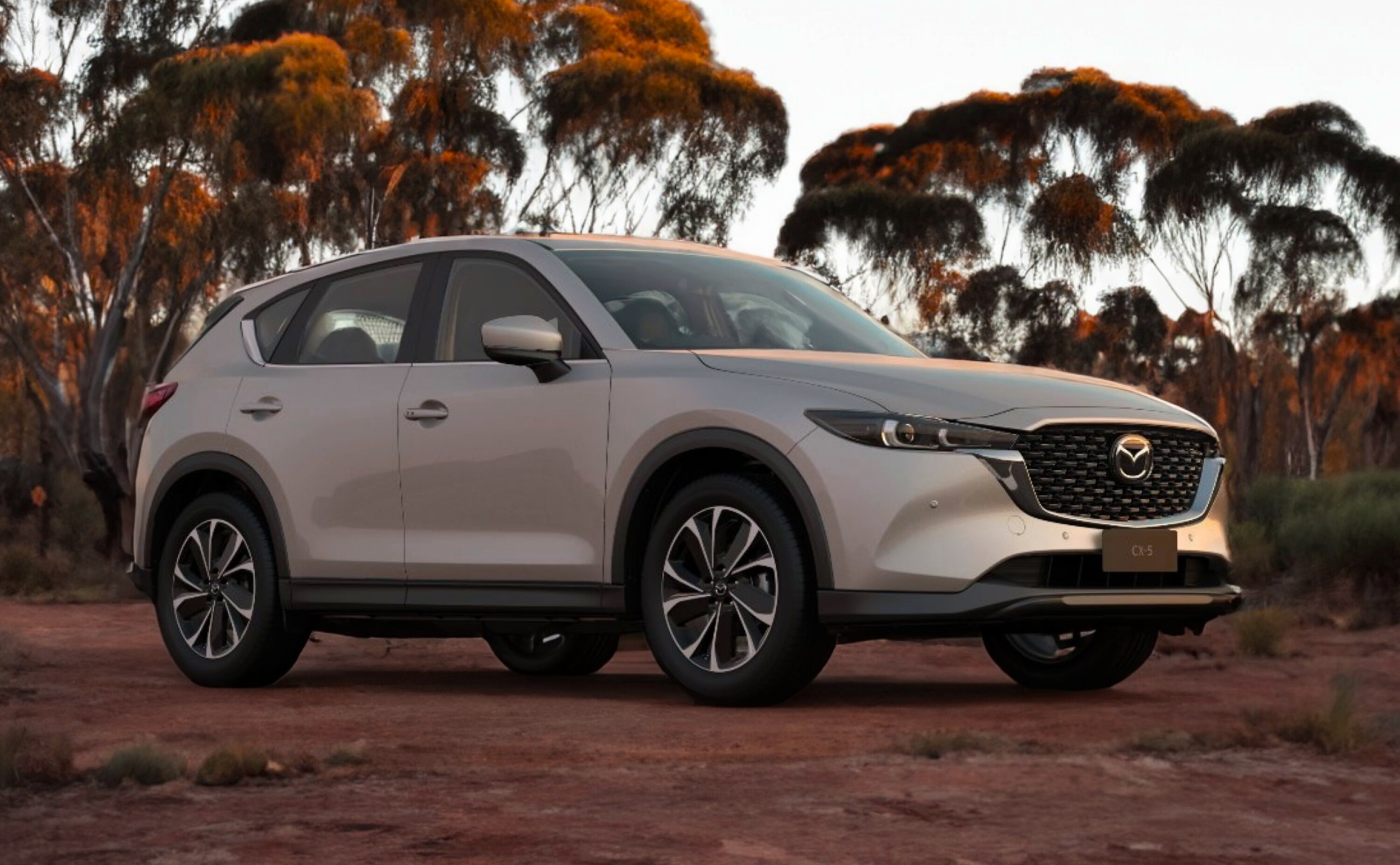 News
News2024 Mazda CX-5 pricing and features: Diesel axed
Prices up in streamlined petrol-only CX-5 line-up
-
 News
News2025 New Car Calendar: All the new cars coming to Australia
Take a look at our list of what is expected to launch in Australia in 2025 – plus those we might not see locally just yet

